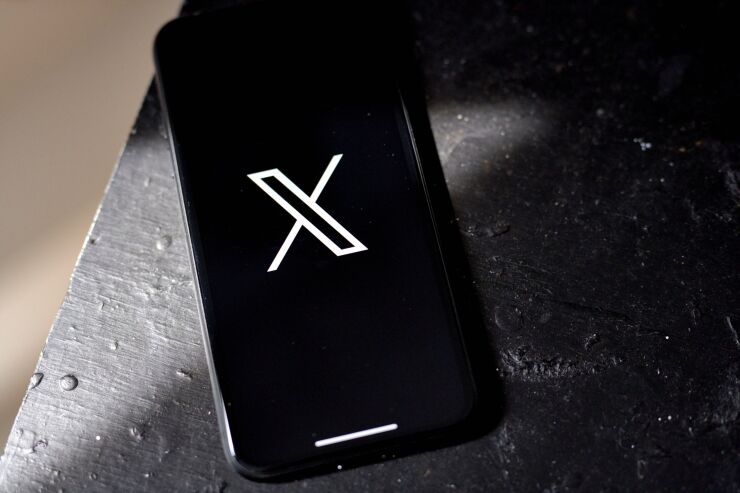
The rise of the original X.com came at a time when there was a void to be filled on the internet.
Credit cards were considered too clunky to be used for all online payments, and there was no such thing as a digital wallet. X.com, Elon Musk's former online bank, stems from that era. In 2000, it combined with a company called Confinity to form PayPal, and Musk himself joined a group of like-minded entrepreneurs called the
At the time, X.com and PayPal did something no bank could match — and many tried. Before eBay bought PayPal in 2002, the online marketplace partnered with Wells Fargo on a payment system called
PayPal kept ownership of the X.com brand name and tried to revive it in 2009 by

Today, the dynamics have flipped from where they were in 1998. The internet is overrun with payment options including credit cards, mobile wallets, P2P apps, cryptocurrencies and more. It's so easy to conduct transactions online that my 16-year-old niece refuses to put her savings in a bank account; she converts her earnings to cash because that makes it harder to spend, she says.
More broadly, her generation seems to be the most skeptical of keeping money in a bank. A survey published this month by
So where does the new X.com, with its aspirations of banking and payments, fit in with a generation that is increasingly wary of the banking system?
X is the future state of unlimited interactivity – centered in audio, video, messaging, payments/banking – creating a global marketplace for ideas, goods, services, and opportunities. Powered by AI, X will connect us all in ways we’re just beginning to imagine.
— Linda Yaccarino (@lindayacc) July 23, 2023
In its third lease on life, many have compared X.com to
Many companies rely on Twitter and other social media platforms to promote their own products, and those platforms have tried repeatedly to enable users to do business without having to click away to another e-commerce site.
In 2014, Twitter began testing a
In 2021, Twitter debuted a
Elon Musk's new X is very different from the Twitter he bought last October. Its ad revenue for the five-week period starting April 1 was down 59% from a year earlier, according to
Additionally, 60% of Twitter users had "taken a break" of several weeks or more in the past 12 months, according to a survey published in May by the
Even if Musk's X were not losing advertisers and alienating consumers, Musk's greatest challenge may be the current incarnation of his past success — PayPal itself. The digital payment brand has launched its own "super app," designed to offer an assortment of financial services through a single interface. It sounds a lot like Musk's own plan to turn X into an "
Musk may indeed strike gold again with X.com if he can stem the bleeding of the platform's users and advertisers. But if its audience doesn't want to keep money in a social network — or even in a traditional bank — then this version of X may be the third strike for the brand.






